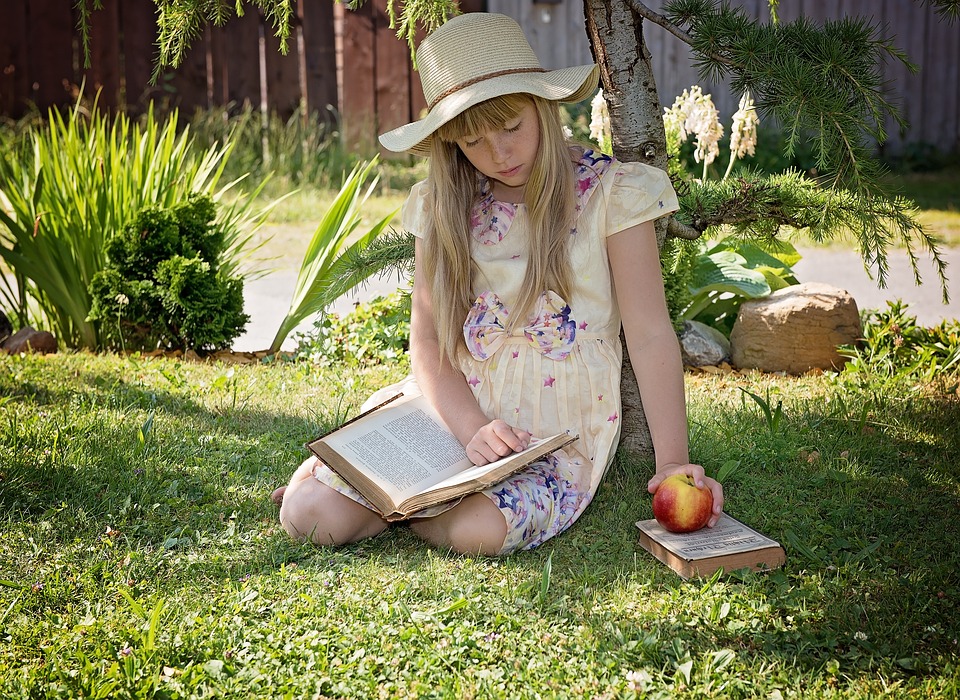Introduction
Creating a garden that showcases year-round beauty and color is a dream for every gardening enthusiast. With the right flower selection and a little planning, you can enjoy a captivating garden that thrives in all seasons. In this article, we will explore the different flower varieties and gardening techniques that can help you achieve a stunning garden all year long.
Choosing the Right Flowers
The key to having a garden with year-round beauty lies in selecting flowers that bloom during different seasons. By choosing a diverse range of plants, you can ensure that your garden remains vibrant throughout the year. Here are some flower options for each season:
- Spring: Daffodils, tulips, cherry blossoms, and lilacs are perfect for bringing a burst of color as the weather warms up.
- Summer: Roses, lilies, sunflowers, and hydrangeas are excellent choices for a summer garden, providing vibrant hues and pleasant fragrances.
- Fall: Chrysanthemums, asters, dahlias, and pansies are known to bloom during the fall, adding a rich tapestry of warm tones to your garden.
- Winter: While many flowers hibernate during winter, some plants like winter jasmine, hellebores, and snowdrops brave the cold weather and offer delicate blooms.
Planning for Continuous Color
To ensure a constant display of colors in your garden, it is essential to plan your flower beds strategically. Introduce plants with staggered bloom times, so one set of flowers replaces another as the seasons change. This will create a seamless transition from one season to another, leaving no gaps in your garden’s vibrancy. Additionally, consider planting flowers with complementary colors to enhance the visual impact.
Year-Round Maintenance
Maintaining a year-round garden requires regular care and attention. Here are some important tasks to keep in mind:
- Watering: Be mindful of each plant’s watering requirements and adjust accordingly. Monitor moisture levels and water plants as needed.
- Fertilizing: Provide suitable fertilizers based on the specific needs of your flowers. Different plants have different nutritional requirements, so understanding their preferences is crucial.
- Pruning: Regularly prune dead flowers, stems, and branches to encourage healthy growth and prevent diseases. Pruning also helps shape your plants and keeps them under control.
- Weeding: Keep an eye out for unwanted plants that compete for nutrients and space. Regularly remove weeds to ensure your flowers have an optimal growing environment.
- Pest Control: Monitor your garden for pests and take appropriate measures to protect your plants. Consider organic pest control methods to minimize harm to the environment.
FAQs
Q: Can I plant flowers in the winter?
A: While winter is not the ideal time for most flowers to bloom, there are a few hardy varieties that can thrive in colder temperatures. Flowers like winter jasmine, hellebores, and snowdrops can add beauty to your winter garden.
Q: How do I ensure continuous bloom throughout the year?
A: To maintain continuous bloom, plan your garden carefully by selecting flowers with staggered bloom times. This way, as one set of flowers fades, another variety will take its place. Additionally, provide proper care and maintenance to encourage healthy growth.
Q: How often should I water my flowers?
A: Each plant has different water requirements, so it’s important to understand the needs of your specific flowers. Factors such as soil type, weather conditions, and plant species influence watering frequency. Regularly monitor the moisture levels of your soil and adjust your watering schedule accordingly.
Q: What can I do to prevent pests from damaging my flowers?
A: Implementing proper pest control measures is crucial in protecting your garden. Regularly inspect your plants for signs of pests and use organic pest control methods whenever possible. You can also encourage beneficial insects, like ladybugs and lacewings, which feed on pests and help keep their populations in check.




